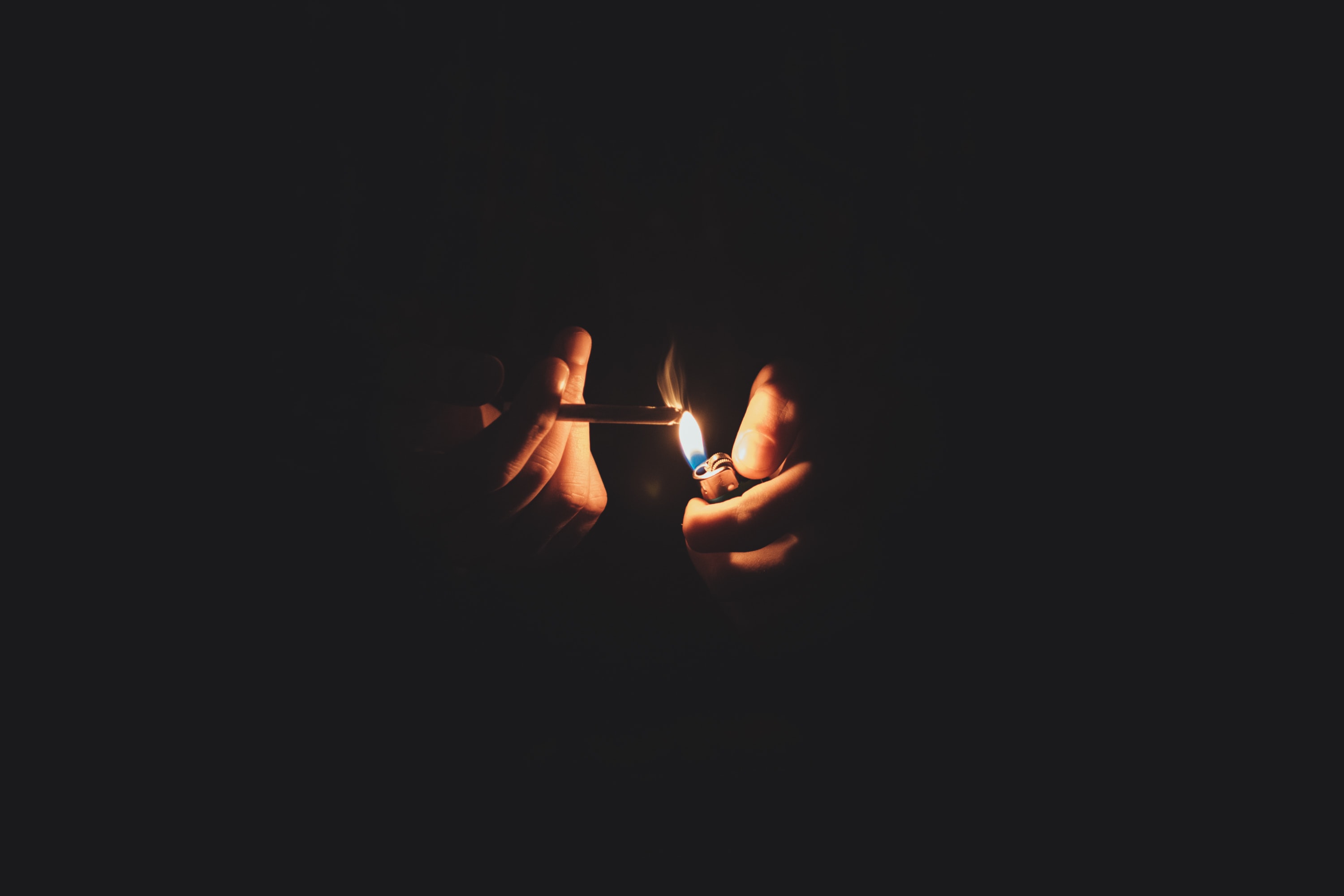

Peter Pan
Smart tips to quit smoking – or how harmful is smoking really?
Smoking does much more in the body than just increase the risk of lung cancer.
The harmful substances also attack other organs. Despite this knowledge, however, quitting smoking is often difficult because nicotine is addictive. Smoking causes way more damage as only cancer, heart disease, stroke, lung diseases, diabetes, and chronic obstructive pulmonary disease (COPD), which includes emphysema and chronic bronchitis. Smoking also increases risk for tuberculosis, certain eye diseases, and problems of the immune system, including rheumatoid arthritis.
Cigarette smoking is responsible for more than 480,000 deaths per year in the United States,
including more than 41,000 deaths resulting from secondhand smoke exposure ( U.S. Department of Health and Human Services. 2019)
Smoking is a known cause of erectile dysfunction in males.
More than 16 million Americans are living with a disease caused by smoking
For every person who dies because of smoking, at least 30 people live with a serious smoking-related illness.
Percentage of U.S. adults aged 18 years or older who were current cigarette smokers in 2018:
13.7% of all adults (34.2 million people): 15.6% of men, 12.0% of women
About 19 of every 100 people with mixed-race heritage (non-Hispanic) (19.1%)
Nearly 23 of every 100 non-Hispanic American Indians/Alaska Natives (22.6%)
Nearly 15 of every 100 non-Hispanic Blacks (14.6%)
About 15 of every 100 non-Hispanic Whites (15.0%)
Nearly 10 of every 100 Hispanics (9.8%)
About 7 of every 100 non-Hispanic Asians (7.1%)
Creamer MR, Wang TW, Babb S, et al. Tobacco Product Use and Cessation Indicators Among Adults – United States, 2018.
Each day, about 1,600 youth try their first cigarette.
Almost one in six people aged 15 and older smoke. Those aged 15 to 24 smoke most frequently. Every year, around 480,000 people in the USA die as a result of tobacco consumption. Smokers lose an average of ten years of their lives compared to nonsmokers. The most common cause of death is lung cancer.
Tobacco smoke: What is it made of?
Tobacco smoke consists of various toxins and gases such as nitrogen and carbon dioxide. They have a negative effect on the body:
- Carbon monoxide: impaired oxygen uptake in the body.
- Hydrogen cyanide: headaches, dizziness, vomiting
- Nitric oxide: irritated respiratory tract
- Ammonia: irritated eyes and respiratory tract
- Formaldehyde: carcinogenic
Solid particles, called particulates, such as tar are also found in tobacco smoke. Tar contains various carcinogenic substances. These include hydrocarbons, phenols and benzenes.
Health consequences
The harmful substances in tobacco smoke are distributed throughout the body via the bloodstream. They attack organs such as the lungs, esophagus or pancreas. There, they weaken the body's defenses against cancer cells, which increases the risk of developing cancer. During chemotherapy and other cancer treatments, smoking also weakens their effect.
In addition to lung cancer, smoking can lead to chronic obstructive pulmonary disease COPD or tuberculosis. The risk of cardiovascular disease increases. The blood vessels and coronary arteries constrict, circulatory disorders occur, and a stroke is also possible.
How nicotine addiction develops
Even a single cigarette can cause addiction. When tobacco smoke is inhaled, it passes through the lungs directly into the blood and then through the bloodstream to all organs. The harmful substances contained in a cigarette are particularly dangerous for the body. However, it is the nicotine that makes us dependent. Nicotine reaches the brain just nine to nineteen seconds after inhalation. There it promotes the release of various messenger substances. These ensure that we feel good, can concentrate better and are relaxed and balanced at the same time. As soon as we stop taking nicotine, withdrawal symptoms occur. The mood deteriorates, the ability to concentrate decreases. Irritability and anxiety often occur. The result: after the very next cigarette, a strong craving for more arises.
Psychological dependence should not be neglected either: The cigarette after lunch or during the coffee break quickly becomes a habit. This makes it even more difficult to stop smoking.
The effect on the psyche must not be neglected: initial studies suggest that smokers develop psychological disorders more frequently than non-smokers.
Smoking generally has a negative effect on health. Wounds heal more slowly, smokers have more respiratory problems and bone fractures are more likely.
Just how to quit smoking?
• Prepare for quit day
Once you have decided to stop smoking, you are ready to set a quit date.
Pick a day that is not too far in the future (so your mind is not playing tricks on you), but which gives you enough time to prepare and arrange you some scheudles.
Going cold turkey, or quitting smoking without the help of NRT, medication, or therapy, is a popular way to give up smoking but only one of 10 manage to keep it for the longterm. Withdrawal symptoms and cravings are reduced with NRT which may make it harder for you to quit. NRTs are designed to wean your body off cigarettes and supply you with a controlled dose of nicotine while sparing you from exposure to other chemicals found in tobacco. The most common types of types of NRT are: skin patches, chewing gum, lozenges, nasal spray (prescription only), inhaler (prescription only) choose the one which suits you best and start like 3-4 days with before the quit day, try to reduce somking cigarettes as well, like smoke only in your house in the evenings. You will need to resztructure from day one your schedules, small daily routines where you been smoking, like after each coffee or meal needs to be avoided. Replace them with preparing you a snack /tea or cleaning. Keep yourself busy!
When you smoke, you become emotionally and physically dependent on nicotineand its challenging to stay away from nicotine after your quit day. To quit, you need to tackle this dependence. Trying counseling services, self-help materials, and support services can help you to get through this time. But more important start with your next, like your friends and family members.
Peter Pan
Is good